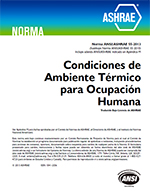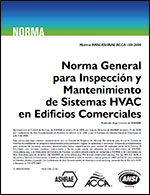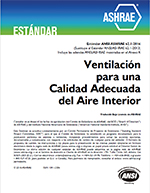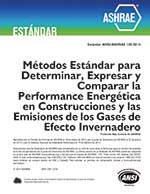Description
Buildings consume 25% of global water and are responsible annually for 40% of total world energy consumption. Buildings account for 72% end-use electricity in the U.S. with the largest portion spent for cooling and heating of buildings. The key issues for the future of the building industry are related to energy savings while delivering environmental benefits. The objective of this study is to quantify cooling/heating energy savings due to a vertical vegetation system on building envelope. The effects of an exterior green walls on cooling/and heating energy use are simulated for three DOE (Department of Energy) reference buildings: medium office building, hospital, and primary school. By comparing with the results of the buildings without green walls and green roofs, the energy saving potential of exterior vegetation systems are relatively large in dry climate due to evaporative cooling potential compared to humid climates. This study also found that energy saving potential of exterior greenery systems increases when the U-values of the building opaque constructions (without exterior greenery systems) increase. However, in the climate with a warm winter and high internal load, the saving potential for buildings with exterior greenergy systems turns out to be marginal.
Keywords: Exterior vegetation system, energy saving, DOE reference building
Citation: 2017 Winter Conference, Las Vegas, NV, Conference Papers
Product Details
- Published:
- 2017
- Number of Pages:
- 7
- Units of Measure:
- Dual
- File Size:
- 1 file , 960 KB
- Product Code(s):
- D-LV-17-C038




